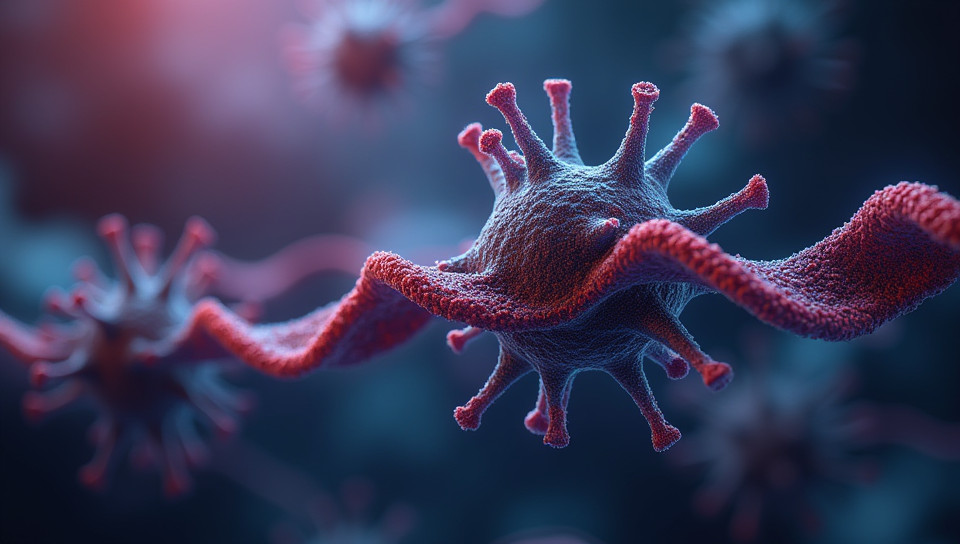Genetically engineered proteins respond to specific wavelengths of light 73%

The Future of Biotechnology: Genetically Engineered Proteins that Respond to Light
Imagine a world where doctors can use light to diagnose and treat diseases, or where crops can be engineered to respond to changing environmental conditions by adjusting their growth patterns in response to specific wavelengths of light. This is the promising future that genetically engineered proteins that respond to specific wavelengths of light are making possible.
What Are Genetically Engineered Proteins?
Genetically engineered proteins are created through biotechnology, a field that involves manipulating genes and their expression to produce specific outcomes. By inserting genetic codes into microorganisms or plants, scientists can create novel proteins with unique properties. These proteins can be designed to perform a wide range of functions, from producing pharmaceuticals to detecting environmental pollutants.
How Do Genetically Engineered Proteins Respond to Light?
Genetically engineered proteins that respond to light are typically created by inserting genes that code for photoreceptors into cells or organisms. Photoreceptors are molecules that bind to specific wavelengths of light and trigger a response within the cell. This can be as simple as a change in protein conformation, which can then activate or inhibit other cellular processes.
When these proteins are exposed to specific wavelengths of light, they undergo a series of molecular changes that ultimately lead to a desired outcome. For example, some genetically engineered proteins have been designed to respond to blue light by activating genes involved in plant growth and development.
Applications of Genetically Engineered Proteins
The potential applications of genetically engineered proteins are vast:
- Detecting diseases: By responding to specific wavelengths of light, these proteins can be used to create diagnostic tools that can detect diseases earlier and more accurately than existing methods.
- Treating cancer: Genetic engineered proteins can be designed to respond to light by releasing therapeutic molecules directly into tumors.
- Improving crop yields: Genetically engineered proteins can be used to create crops that respond to changing environmental conditions, such as drought or extreme temperatures, by adjusting their growth patterns in response to specific wavelengths of light.
Conclusion
Genetically engineered proteins that respond to specific wavelengths of light are a groundbreaking innovation with far-reaching potential. As this technology continues to advance and mature, we can expect to see new breakthroughs in fields ranging from medicine to agriculture. With its ability to detect diseases, treat cancer, and improve crop yields, the future of biotechnology is looking brighter than ever.
- Created by: Aline Rocha
- Created at: Dec. 27, 2024, 11:10 a.m.
- ID: 17094








